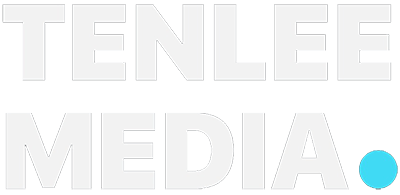Google Ads Vs. Facebook Ads: Which is Right for You?
Did you just launch a new business? Or are you trying to get traffic to your E-Commerce site? If you’re having difficulty garnering website traffic and/or leads, the quickest solution is paid ads. Paid Ads have many benefits, including:
- Building brand awareness
- Helping to increase the spread of information
- Affecting buyer behavior
- Providing reminders to curious buyers
- Using repetition to improve sales
Facebook currently has 2.7 billion monthly active users, making it a hotbed for user activity. While Google receives over 5 billion searches each and every day. Both can garner impressive and lucrative results, depending upon your particular goal and ad spend budget. We rounded up all of the info you need to help you make the decision of which option is right for you.
Cost
Facebook: It’s much more affordable to get started with ad buying on Facebook, since the costs per click are much cheaper than Google Ads. You should be aware that Facebook does have a minimum daily spend, but the average CPA (Cost Per Action) is $18, compared to $48 for Google Adwords.
Google has a higher intent audience since the person viewing your ad is already interested in buying. Although google ads doesn’t have a minimum daily spend like Facebook, the average small business sets a daily budget from $30-75. Google uniquely offers a Keyword Planner Tool, that allows advertisers to research the cost per click of keywords. This is a helpful way to gauge both interests in keywords and possible ad spend.
Advertising Platform Options
Each platform offers a unique set of options as to where your ads will show up.
On Facebook, your ads can appear on Facebook’s News Feed, Instagram, Audience Network, and Facebook Messenger (Note: Messenger Ads have particularly high open rates. Messenger has 1.3 billion users sending 8 billion messages between businesses and people every month.)
Google Ads can appear in Google Search, Youtube, Google Display Network, Google Maps, and Google Play. (Google shopping ads specifically generate more purchases.)
Targeting
Facebook: All of the data Facebook collects on its users is invaluable to an advertiser. Facebook has advanced targeting options for ads, so you can target as specific an audience as you’d like. You can target your audience based on interests, behaviors, demographics, locations and more. Facebook also offers a Lookalike Audience feature, which is a great way to reach new people who are likely to be interested in your business, based on their similarity to your existing customers.
Google: Google is best for reaching an audience at the time of purchasing decisions. If you target the keywords that indicate a strong buying intention or a strong interest in your offer, you’ll show your product to people who are much more likely to click and buy. You are able to target people based on their device, location, demographics and more.
Each platform offers businesses the opportunity to increase brand awareness and grow sales, but the final ROI depends on your company’s targeting, ad spend, and creative ad elements.
Many businesses struggle to create ad campaigns that achieve their goals, leading to wasted time and ad spend. If you’re concerned about lost ad budget, consider outsourcing to us! For a free consultation, contact us: (212) 457-1554 or email us at info@tenleemedia.com
- Written by: Ely Faigenblat
- Posted on: October 3, 2019
- Tags: advertising, facebook, facebook ads, google, google ads, media buying, paid media, Tenlee, tenlee media

